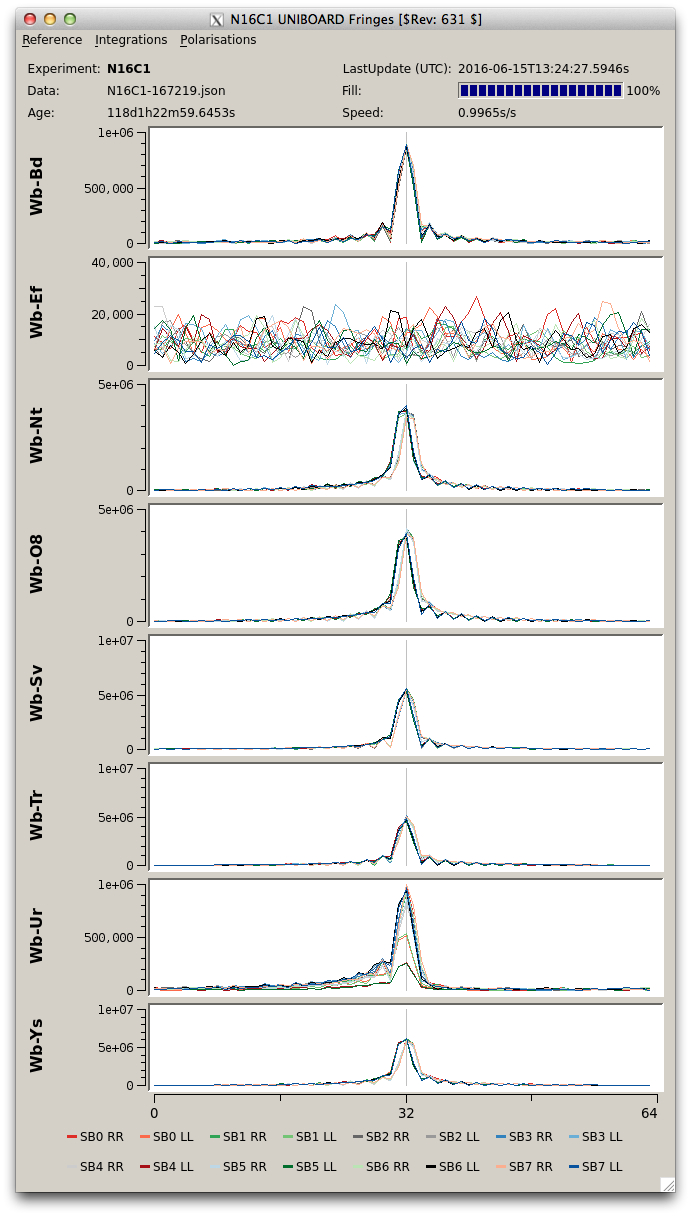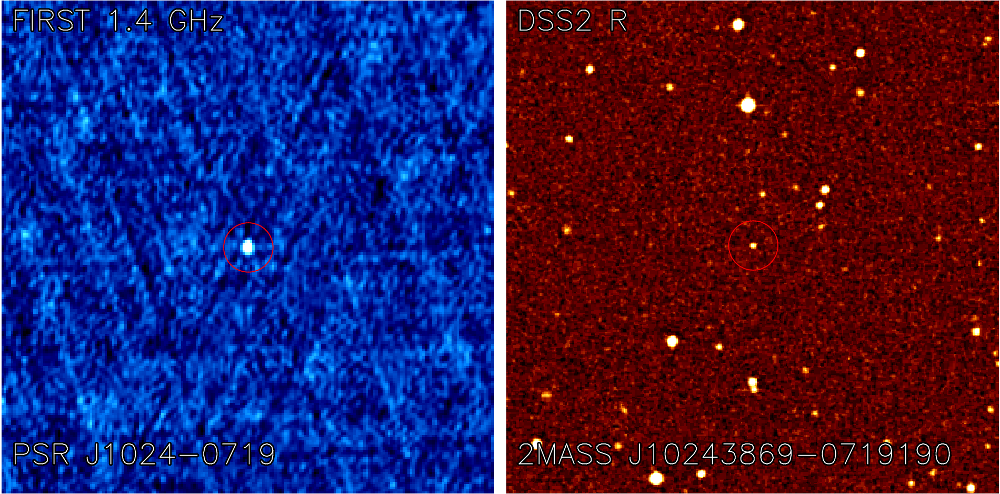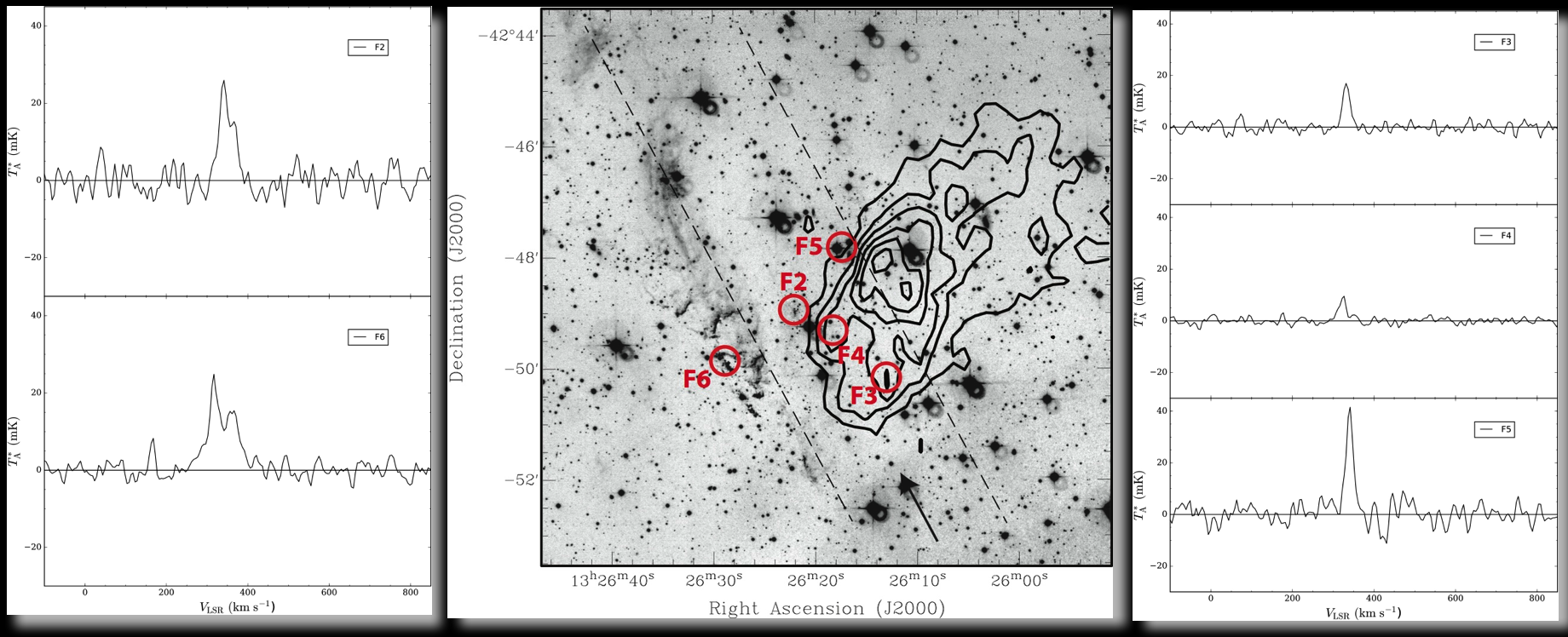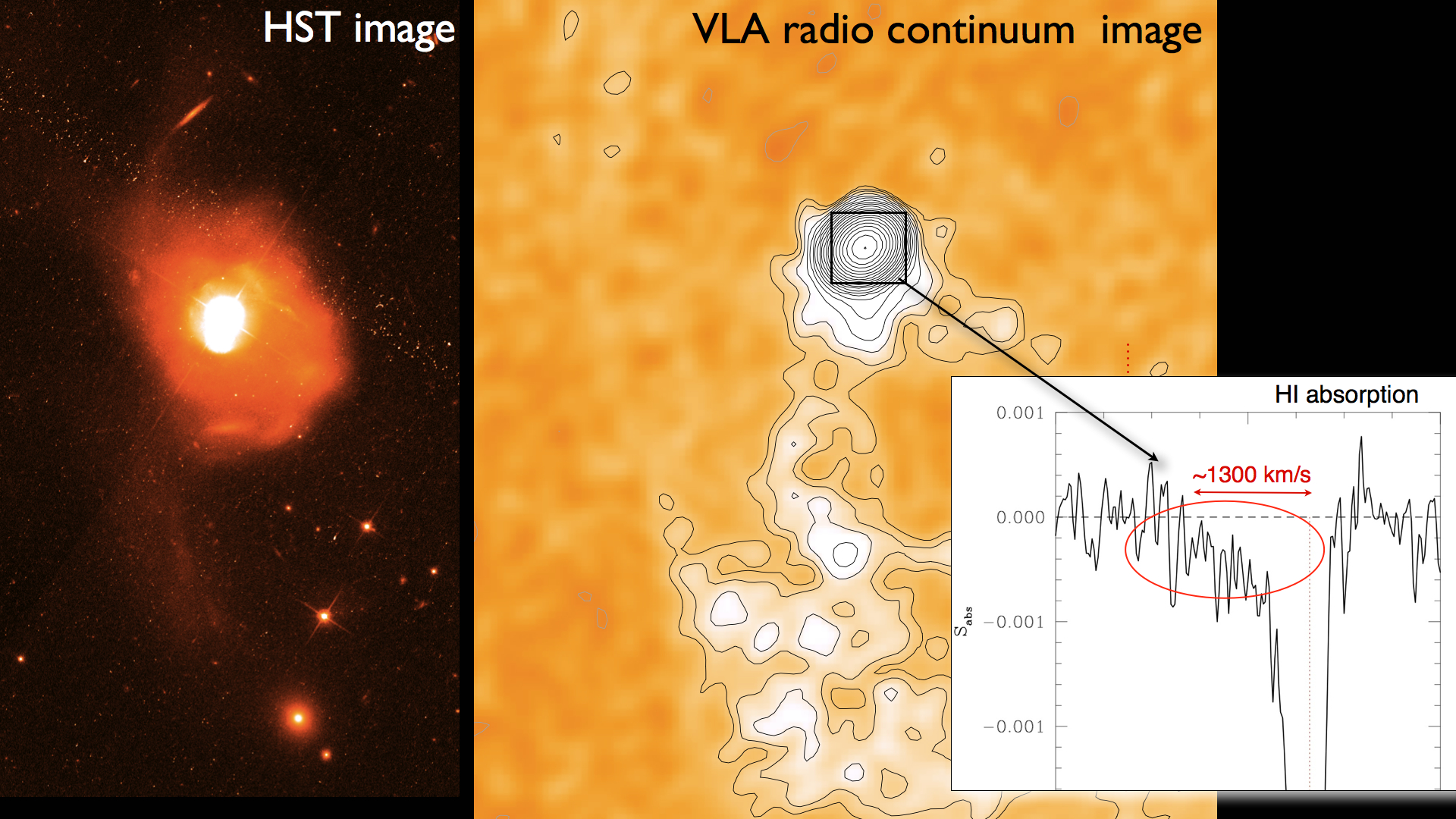 © screenshot by Harro Verkouter
© screenshot by Harro Verkouter
During this commissioning many, sometimes subtle, bugs in the firmware and control software were found and fixed. The road to a production correlator, however, leads along other paths than just the verification of the correlator itself. Many aspects come into play: integration with the high level control software used at JIVE, administration of correlation jobs and userfriendlyness such that the correlator can be run by others than its developers, to name but a few.
One of the more important requirements is the ability correlate the VLBI data directly from the disk packs on which it is recorded at the stations. The monitoring-and-control software of the JUC was extended to support this, previously, the JUC could only correlate from pre-processed files on disk. Presently the JUC can be run from the standard correlator control interface used by the operators after loading an experiment's hard disks. In the operator control software a target correlator can be selected, of which the JUC now is an eligible party.
A final step towards productification of the JUC is monitoring the output of the correlator. VLBI observing is still not push-button and many, many things can go wrong at the telescopes. In contrast to hardware failures (e.g. "my elevation motor broke"), problems with the data itself usually lack direct identification (e.g. swapped IF cables or a corruption of the data). Such problems are, however, immediately visible in the output of the correlator when either the weight of the correlation products drops below 100% (i.e. not all data could be recovered) or when fringe(s) disappear.
It is true that those problems can be identified off-line and sometimes fixed by recorrelation with different settings, but having proper (near) real-time diagnostic tools means early identification of problems. This in itself prevents waste of (correlation)time and in fact is even an absolute requirement for real-time VLBI where the data cannot be recorrelated and problems must be fixed immediately.
Today's AJDI shows a screenshot of one of those tools: the UniBoard fringeplot monitor. It is run in parallel with the correlator and reads the output of the correlator, filters out the correlation functions on baselines to a reference station and computes the fringes thereof (remember, it is an FX correlator) and plots the results in a graphical user interface. The plots are updated if new data is available from the correlator.
In this plot we see fringes from the JUC on all baselines to Westerbork for scan No0001 of the European VLBI Network (EVN) network monitoring experiment (NME) N16C1. Those NMEs are special observations conducted in the EVN in each session for each observing band in order to allow trouble shooting of the equipment and configuration(s) before the observing session proper begins. As can be seen, the correlator seems to be in good working order but Effelsberg's data shows a problem which needs to be investigated.
(*) Click this overview of UniBoard related topics on the AJDI: http://www.astron.nl/dailyimage/index.html?search_archive.php?search=uniboard
 © Cees Bassa, Gemma Janssen
© Cees Bassa, Gemma Janssen © ICRAR/Curtin
© ICRAR/Curtin © Jochem Kooi
© Jochem Kooi © ASTRON
© ASTRON © Aleksandar Shulevski
© Aleksandar Shulevski © Astron
© Astron © Madroon Community Consultants (MCC)
© Madroon Community Consultants (MCC) © NOVA
© NOVA © NOVA
© NOVA © Nico Ebbendorf
© Nico Ebbendorf © Astron
© Astron © Organizing Committee@EUNL16
© Organizing Committee@EUNL16 © .
© . © Oleg Smirnov
© Oleg Smirnov © Neal Jackson, Adam Deller, for the Long Baseline Working Group Busy Week team.
© Neal Jackson, Adam Deller, for the Long Baseline Working Group Busy Week team. © AvA
© AvA © Erik Tiddens
© Erik Tiddens © (c) Des Small, 2016
© (c) Des Small, 2016 © ASTRON
© ASTRON